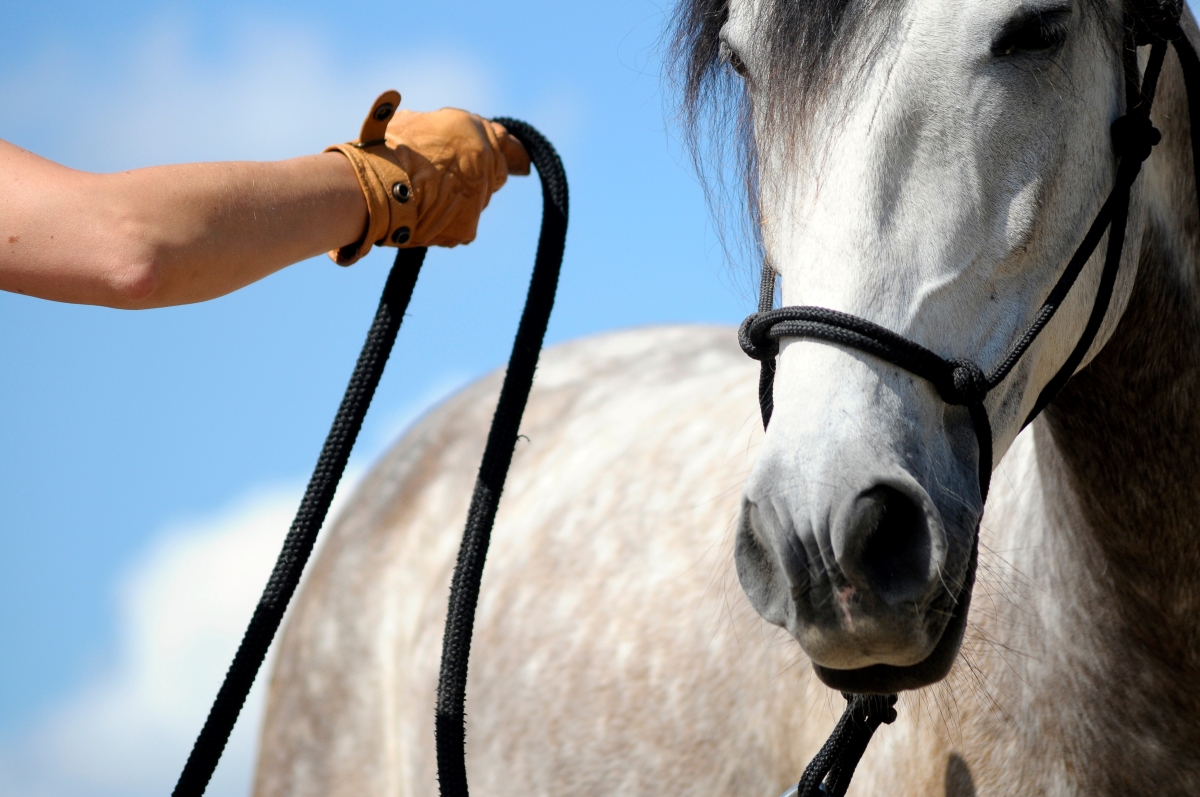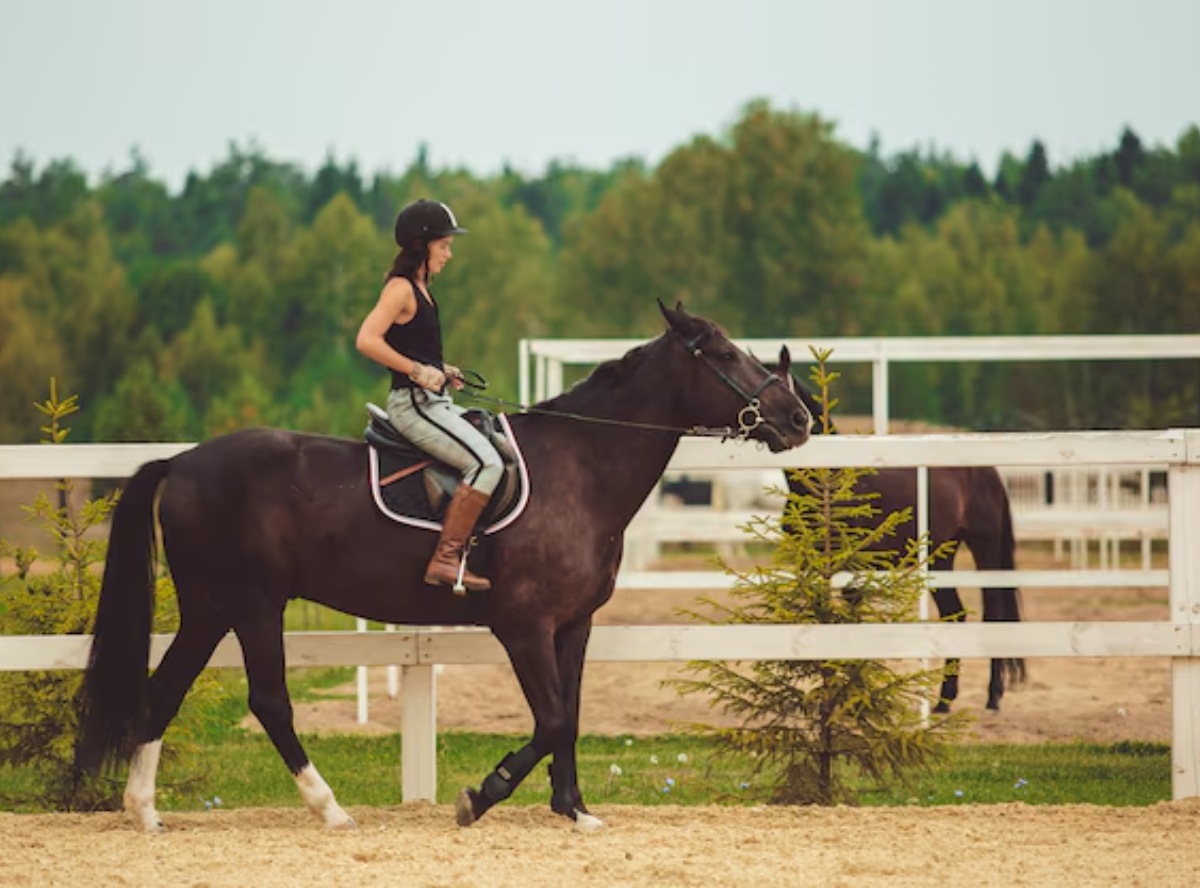Holding western horse reins correctly is a fundamental skill in equestrian activities, especially for horse enthusiasts delving into western riding. Whether you’re a beginner or an experienced rider, mastering the technique of how to hold western horse reins can enhance your control, communication, and overall riding experience with your horse.

Understanding the Importance of Rein Control
In western riding, the way you hold the reins directly influences how you communicate with your horse. Proper rein handling can make the ride smoother and more enjoyable for both you and your horse. Communication through reins involves gentle cues and signals, which are an essential part of riding discipline.
Types of Western Horse Reins
Split Reins
Split reins are commonly used in western riding. They offer the flexibility to adjust the length according to the rider’s comfort and the horse’s needs.
Romal Reins
Romal reins, often used in show and competition riding, consist of a shorter closed rein and a long quirt, providing a balance between guidance and decoration.
Basic Techniques on How to Hold Western Horse Reins
Proper Hand Position
When holding western horse reins, keep your hand relaxed and low, positioning it slightly above the saddle horn. Having your wrist straight and not bending it ensures that the rein signals remain clear.
Using One-Handed Reinhold
Western riders often use a one-handed grip, which involves holding both rein bars with one hand, leaving the other to control the horse’s body or maintain balance.
Adjusting Your Grip Based on Riding Situations
Trail Riding
During trail rides, holding the reins loosely allows the horse some freedom, making the journey more relaxed. Remember to adjust the grip if the terrain becomes challenging.
Competition or Show Riding
In competitions, riders should use a tighter, precise grip to communicate specific commands effectively, reflecting in their performance.
Common Mistakes to Avoid
Avoid holding the reins too tightly, which can cause discomfort for the horse and reduce your control. Furthermore, refrain from crossing the reins over each other as it muddles the direction cues.
Importance of Rein Maintenance
Regularly check the condition of your reins to ensure safety during rides. Proper cleaning and storage are critical to extending the lifespan of your riding gear.
Advanced Tips for Seasoned Riders
Sensitivity Training
Developing sensitivity in your hands will allow for subtle and effective rein commands, enhancing your bond with your horse.
Practice with Different Reins
Experiment with various rein types to understand how each affects riding and control, tailoring your choice to the rider’s specific needs and goals.
Questions You Might Ask
What is the right rein length?
Ensuring the right length of reins is important for maintaining contact without over-tensioning. Your elbow should be relaxed at your side, and adjust as needed based on the horse’s responsiveness.
How should I practice rein control?
Practicing rein control involves start with slow rides, focusing on hand sensitivity and body communication. Over time, continue to refine these skills under different conditions.
Can I hold western horse reins like English reins?
While similarities exist, the approach differs, particularly with rein hand placement and tension distribution. Explore techniques specific to western riding for optimal results.
Resources and Further Reading
To deepen understanding and improve your skills, check the essential riding gear items or explore horse first aid tips, which are also important aspects of equestrian activities.

Conclusion
Mastering how to hold western horse reins is crucial for effective communication and enjoyable riding experiences in western horseback riding. By understanding the significance and techniques for proper rein handling, riders can significantly improve their equestrian skills and deepen their connection with their horses.








